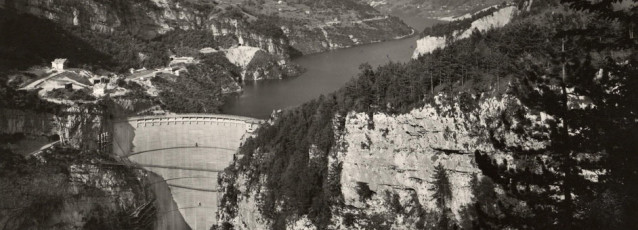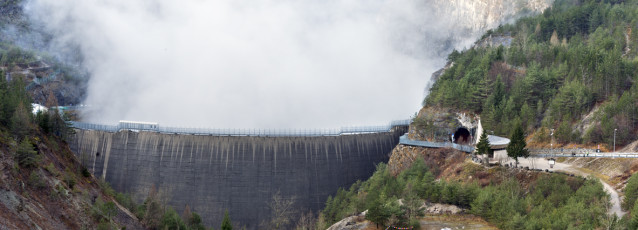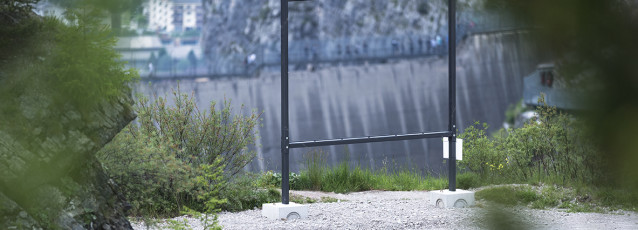massimo bray, former italian minister of culture, perfectly understood the spirit of the dolomiti contemporanee project. we would like to thank him for his support, ad we’re looking forward to see him here, in these high lands, in our new project sites soon.
here his considerations:
“#laculturachevince (#theculturethatwins)
in the aftermath of the #Dolomites’ addition to the #UNESCO World Heritage Sites list, a local work team has started to passionately make plans so that not only the naturalistic, contemplative sie of their territory, but also its most valuable locations, from an anthropological, sociological and cultural standpoint – disused industrial plants, abandoned facotries, depressed spaces that are, however, full of suggestion – could take part in the definition of a unparalleled landscape.
In these spaces, used as temporary residence, have been housed 150 artists in 3 years, whom have transformed and given value in an extraordinary manner the dolomitic territory, creating a net that, with time, has involved a large part of its community.
Their project is called Dolomiti Contemporanee.”
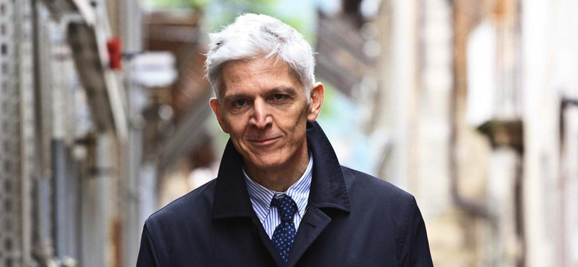 photo: la presse/manuel romano
photo: la presse/manuel romano
massimo bray, ex ministro della cultura del nostro paese, ha compreso perfettamente lo spirito del progetto dolomiti contemporanee. lo ringraziamo del suo sostegno, e lo aspettiamo a breve in queste terre alte, nei nostri cantieri nuovi.
qui le sue considerazioni:
“#laculturachevince
All’indomani dell’inserimento delle #Dolomiti nel patrimonio mondiale dell’umanità #UNESCO, un gruppo di lavoro locale ha cominciato a progettare con passione perché non solo l’aspetto naturalistico, contemplativo del loro territorio, ma anche i suoi luoghi di maggior valore antropologico, sociologico, culturale – siti industriali dismessi, fabbriche abbandonate, spazi depressi ma di forte suggestione – partecipassero alla definizione di un paesaggio unico al mondo.
In questi spazi, utilizzati come residenze temporanee, in 3 anni hanno ospitato 150 artisti, che hanno trasformato e valorizzato in modo straordinario il territorio dolomitico, creando una rete che ha nel tempo coinvolto larga parte della sua comunità.
Il loro progetto si chiama Dolomiti Contemporanee.”
12/03/2021
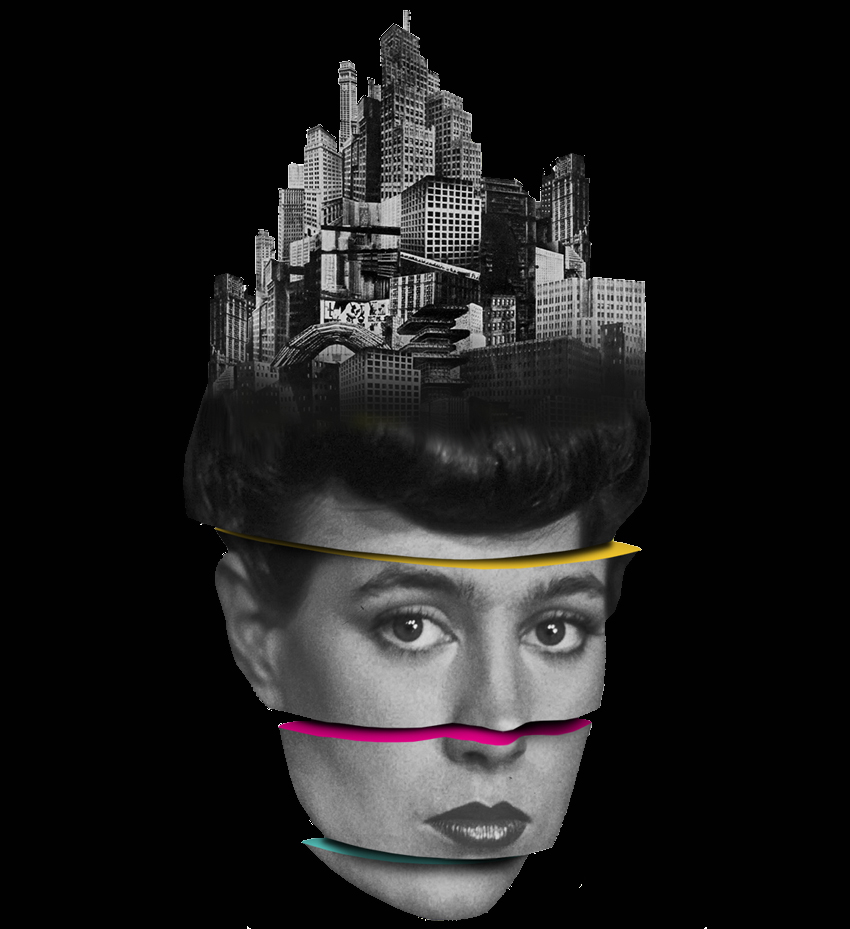
Resilient Communities
Italian Pavilion at the Biennale of Architecture 2021
17. International Architecture Exhibit – Venice’s Biennale.
Arsenal – Tese delle Vergini
May 22nd/November 21st 2021
Vernissage: Friday, May 21st
Public opening: Saturday, May 22nd, 10:00 AM – 7:00 PM
22/02/2021
Venerdì 26 febbraio 2021, ore 10:00-12:00, panel webinar:
Two Calls for Vajont, Concorso Artistico Internazionale: fase _restart.
L’arte pubblica come pratica rigeneratrice per paesaggio e territori.
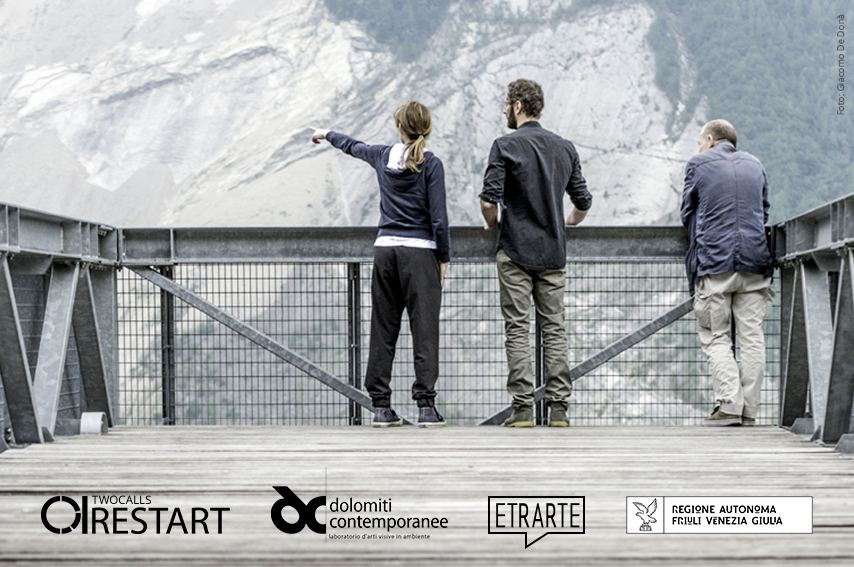
Il Concorso Artistico Internazionale Two Calls for Vajont è stato lanciato da Dolomiti Contemporanee nel 2014.
14/07/2018
dolomiti contemporanee and the Vajont area are in arcipelago italia, the Italian Pavillion of the 16th venice’s biennale of architecture.
“Arcipelago Italia. Projects for the future of the country’s interior territories” is the title of the project by curator Mario Cucinella for the Italia Pavillion at the 16th International Architecture Exhibition of the Venice Biennale, promoted by Direzione Generale Arte e Architettura contemporanee e Periferie Urbane, MiBACT.


